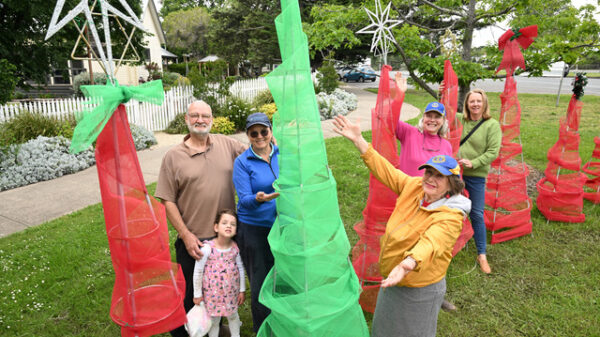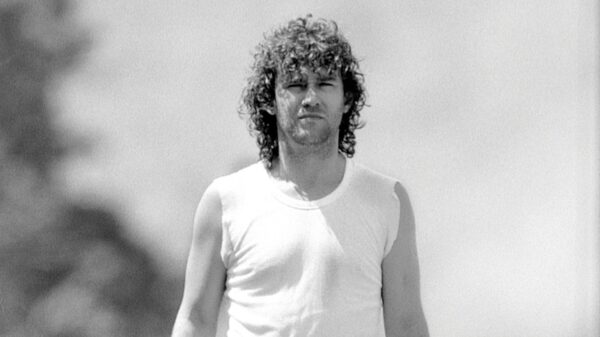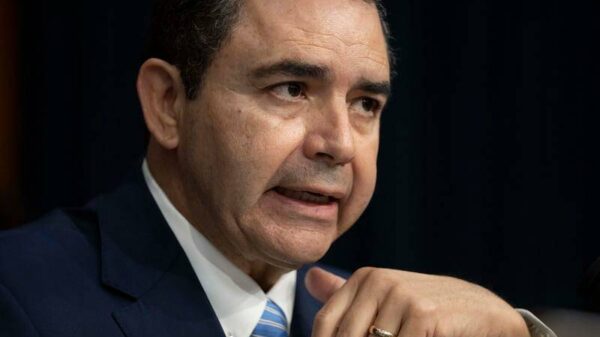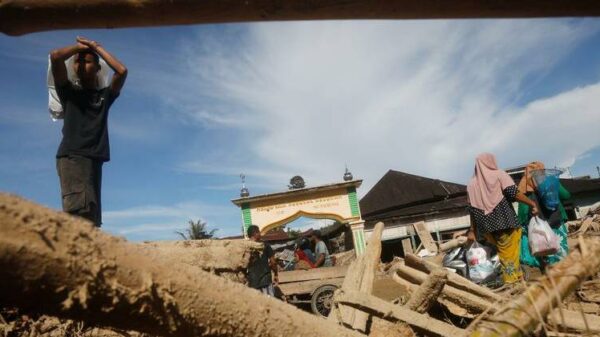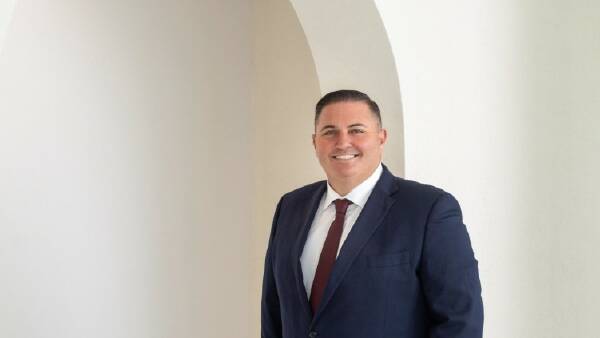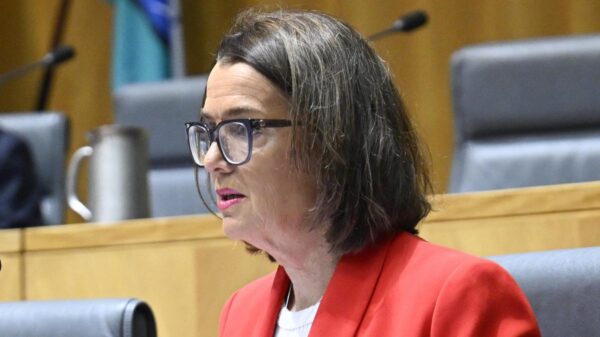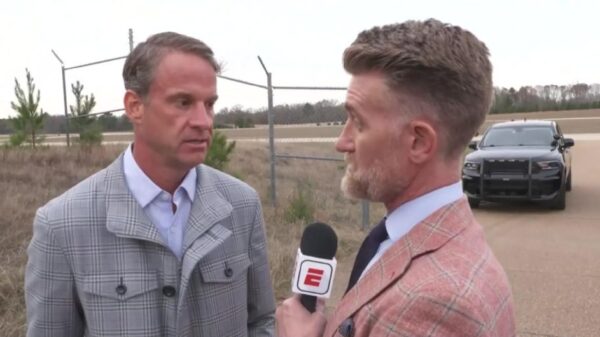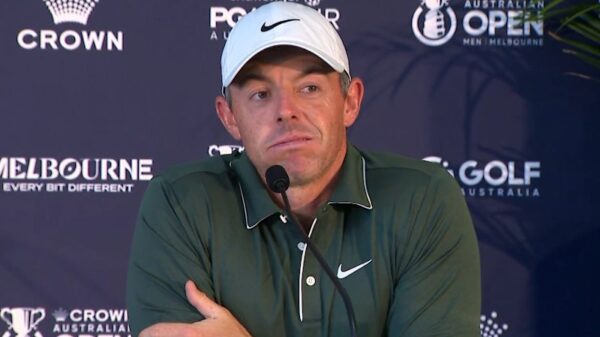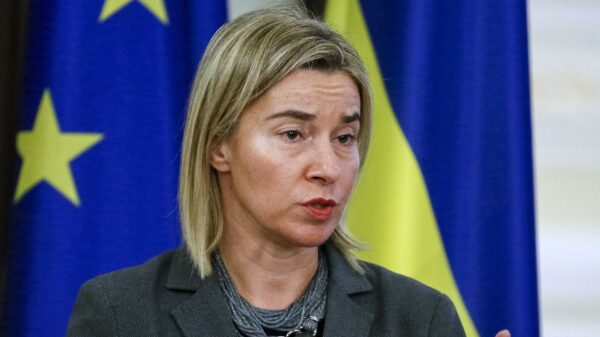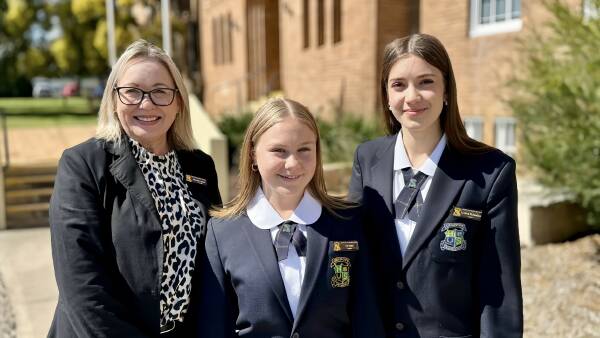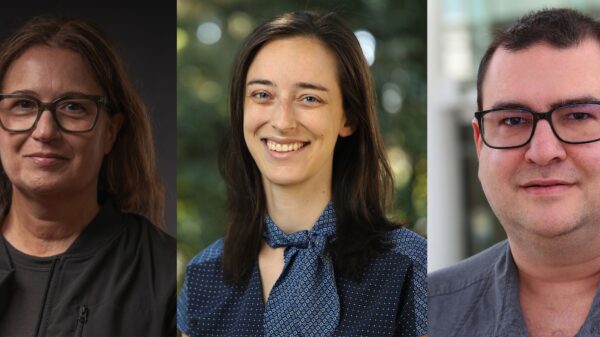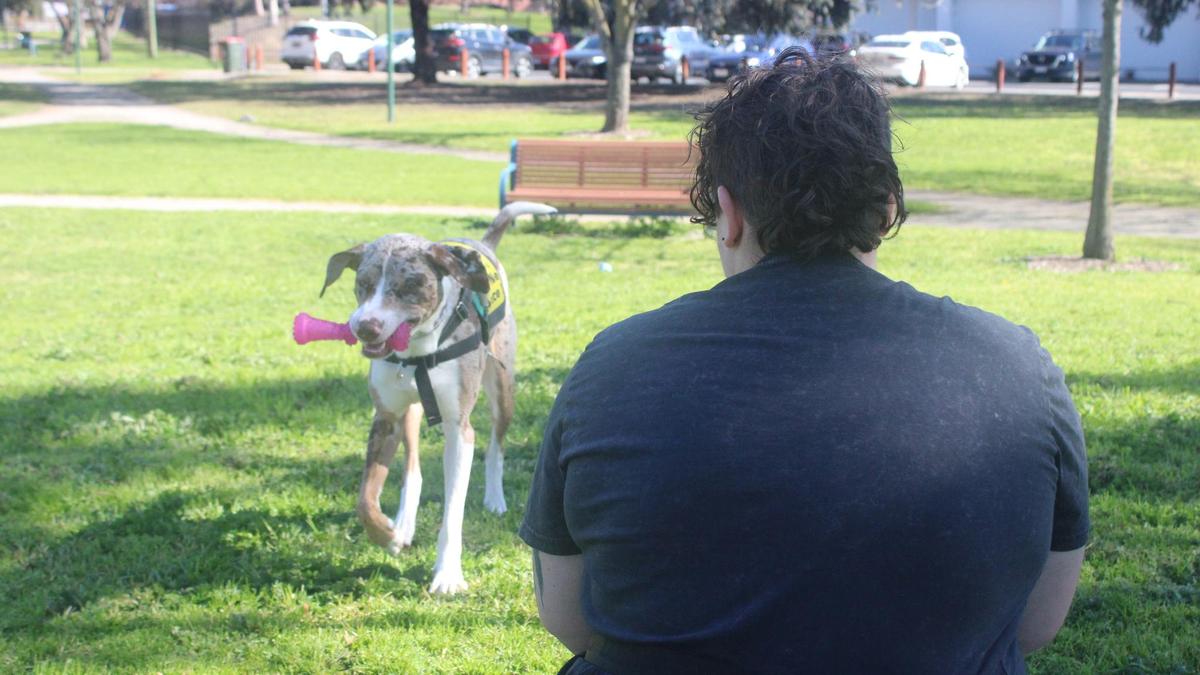URGENT UPDATE: New data confirms a staggering crisis facing Australia’s youth, revealing that a shocking 77% of unaccompanied homeless children remain without stable housing after receiving crisis support. This alarming information, released by the Australian Institute of Health and Welfare, highlights that more than 13,300 young individuals aged 12 to 17 sought assistance last year, but most are left behind when services end.
Homelessness Australia chief executive Kate Colvin emphasized the gravity of the situation, stating, “It’s unthinkable that children are homeless and alone, and services don’t have the resources to meet their needs.” This urgent crisis raises serious questions about the effectiveness of current support systems for vulnerable youth.
Among the stories that illustrate this troubling trend is that of Arlo, who became homeless at just nine years old due to a violent family environment. After years of couch surfing, Arlo recalls, “I shared a dog bed with a really sweet rescue named Max for almost three weeks when I was 15.” The emotional toll of instability has lasting effects, and Arlo, now in their mid-20s, reflects on how the experience shaped their identity.
The research reveals that of the 13,300 young people seeking help, 2,443 were aged 12-14, and a significant 63% were female. Disturbingly, over the past decade, more than 500 young people have died after contacting specialist homelessness services, underscoring the dire need for immediate action.
University of Tasmania social justice expert Catherine Robinson stated, “This new data makes visible the brutal reality of child homelessness in Australia.” She calls for a national action plan to implement child-focused practices and policies. “Children who are homeless and alone have for too long been invisible in homelessness systems designed for older young people or adults,” Robinson added.
The current system is failing to provide adequate support for unaccompanied children. Arlo echoed this concern, stating, “We need a dedicated youth housing response. Unaccompanied children need more intensive support than adults.” The existing funding models often prioritize the number of individuals supported, rather than the quality of support provided, leaving many youth without necessary resources.
In July 2023, Social Services Minister Tanya Plibersek announced a 25% increase in food relief and financial wellbeing grants, totaling 460 million AUD over five years. However, critics argue that the bulk of these funds is allocated for immediate aid rather than long-term solutions for homelessness.
Youth agencies warn that adolescents are being squeezed out by adults facing similar crises. Shorna Moore, a spokeswoman for Melbourne City Mission, pointed out the shocking reality: “Teenage children simply can’t compete with adults for available homes.” Dedicated housing for older children is desperately needed to combat homelessness among youth.
As the situation continues to deteriorate, advocates urge swift action from government leaders to prioritize the needs of unaccompanied youth. The findings serve as a wake-up call, demanding a comprehensive response to prevent more children from falling through the cracks of an inadequate support system.
The urgency of this situation cannot be overstated. With a system that is failing to protect its most vulnerable, immediate measures are necessary to address the escalating crisis of youth homelessness in Australia. As Arlo poignantly states, “It was exhausting. I never slept through the night because I never knew who was around.”
The time for action is now. Australia must act to ensure no child is left behind in this ongoing crisis.



